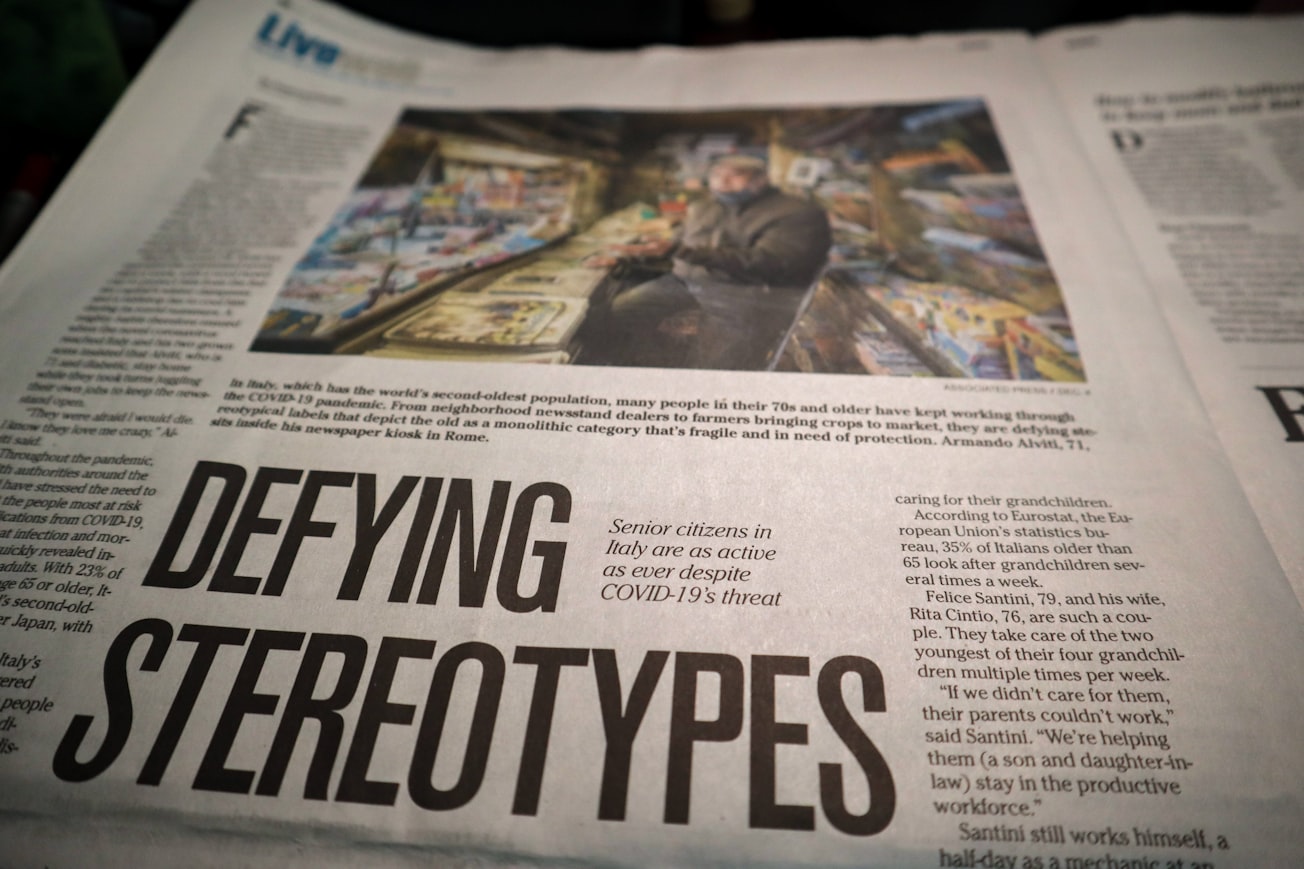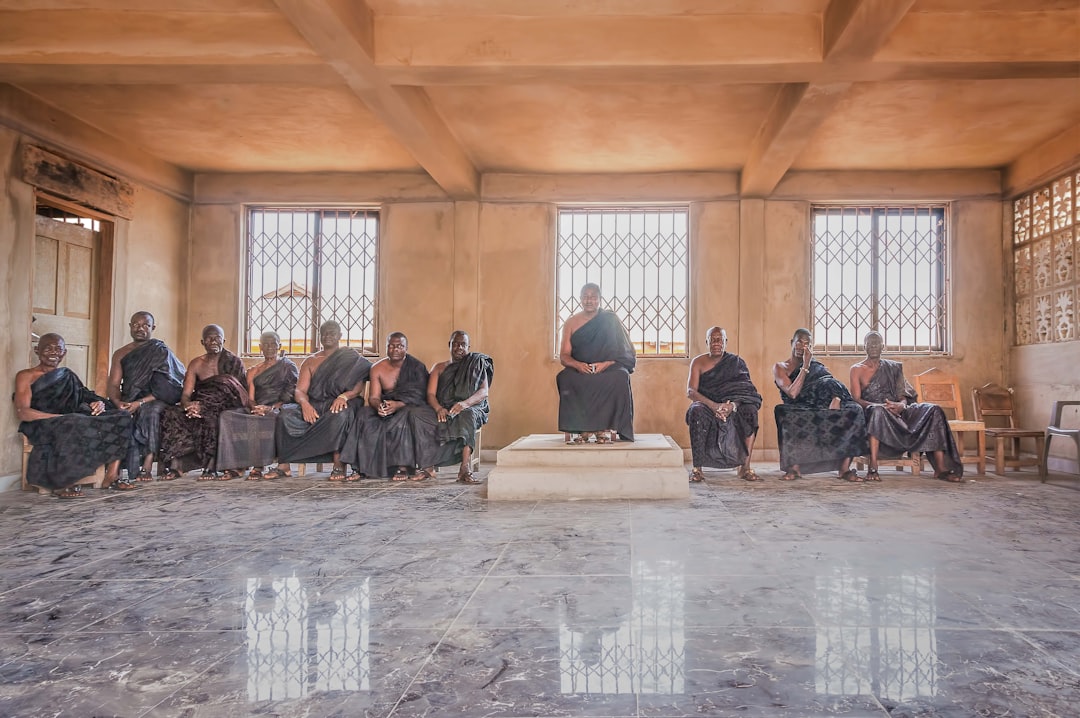What is it about?
People who are neurodivergent (they have an invisible difference) respond in a similar way to those with a visible difference (such as a physical disability) and other minorities if they feel they may be stereotyped. They draw upon their past at school, home and in work in assessing the threat and compare themselves to others who are ‘normal’. They use this process to decide whether they should reveal that they are neurodiverse. After the event they will adjust their future view of the threat of being stereotyped based upon whether it was similar to what they expected or dissimilar. We have produced a model to show sources of threat to the neurodiverse and their reactions.
Featured Image

Photo by little plant on Unsplash
Why is it important?
In such a competitive global economy it is surprising that more companies are not embracing the unique specialist skills that those who diverge from the ‘norm’ can bring to an organisation. These skills are essential for creating wealth and innovation, especially in technologically advanced companies. Neurodivergents are often rejected in the recruitment process in interviews that are designed for those that are neurotypical. This causes a reactive behaviour where the neurodiverse will conceal their difference to meet what they perceive to be that organisation’s norms. This suppression of difference means that organisations are missing out on neurodivergents’ talents because their human resource management systems are designed for neurotypicals.
Perspectives
It is important that we not only give opportunity to everyone to reach their full potential but that we recognise and utilise, for the benefit of the individual and organisation the specialist skills that people have. Although most people are aware of diversity in terms of race, gender and visible disability; invisible difference is less known. Neurodiversity is an invisible difference that covers a variety of conditions. This research shows that those with an invisible difference react in a similar way to those with a visible difference and that they undertake a stereotype threat assessment of situations and events. They also assess the organisation before they are part of it by looking for particular cues and anticipate threats. We are passionate about ensuring that neurodiversity is more in the public eye and has greater representation in higher level academic journals.
Robby Allen
Cranfield University
Read the Original
This page is a summary of: Human capital neurodiversity: an examination of stereotype threat anticipation, Employee Relations, February 2021, Emerald,
DOI: 10.1108/er-06-2020-0304.
You can read the full text:
Contributors
The following have contributed to this page










